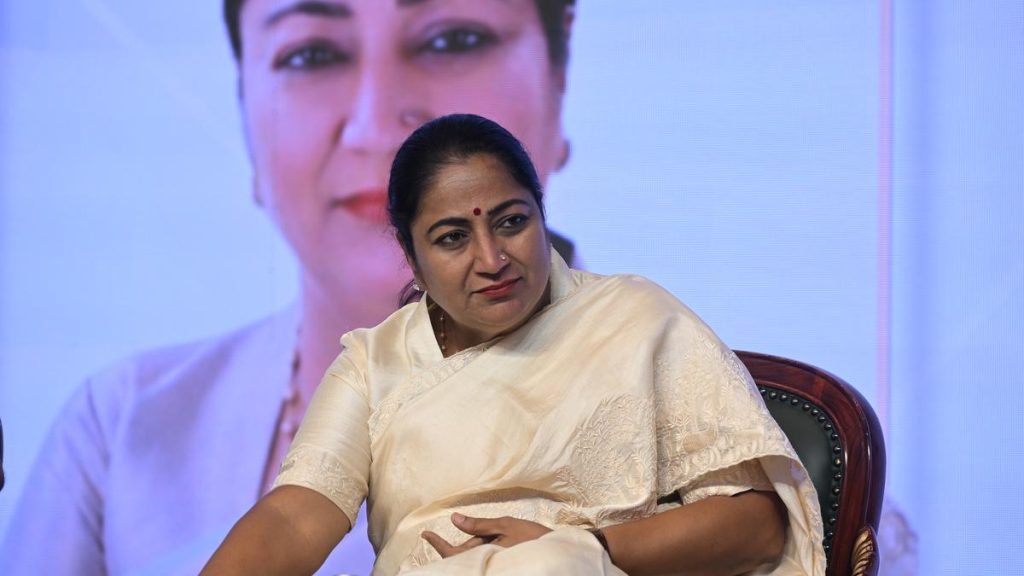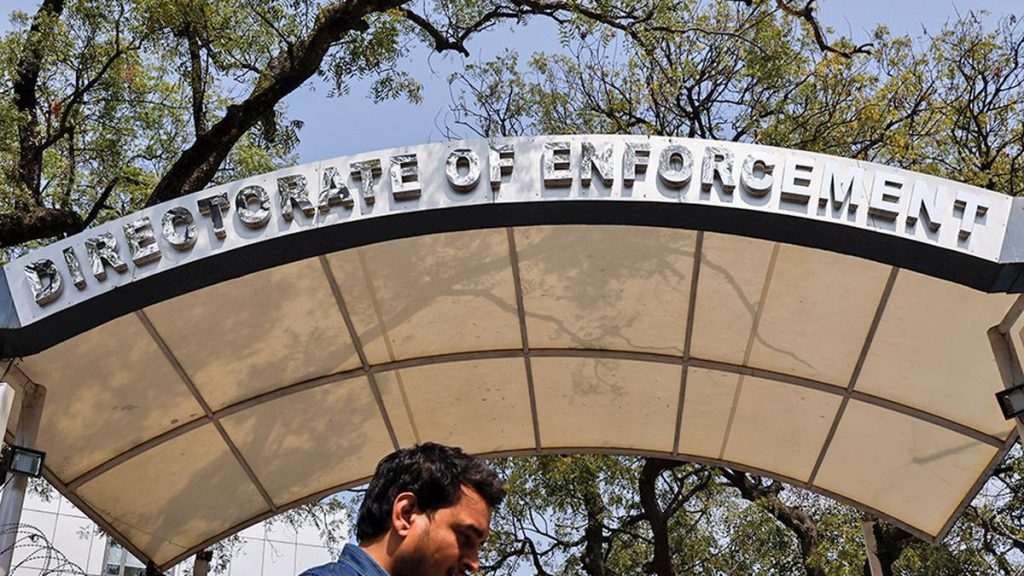Now Reading: Cities Lead Climate Action Amid National Delays
-
01
Cities Lead Climate Action Amid National Delays
Cities Lead Climate Action Amid National Delays

Speedy Summary
- cities globally are leading climate action efforts as national governments lag behind in fulfilling Paris Agreement commitments.
- A report by the Global Covenant of Mayors and C40 highlights that three-quarters of C40 cities reduced per capita emissions faster than their national counterparts, with per capita emissions in these cities dropping 7.5% from 2015 to 2024.
- Urban areas face severe climate challenges such as urban heat, catastrophic flooding, and rising sea levels due to population growth and infrastructure pressure.
- Examples of city-led initiatives include Shenzhen electrifying public buses (reducing CO2 by over 200,000 tons annually), Melbourne’s “20-minute neighborhoods,” Quezon City’s urban farms reducing temperatures, Buenos Aires’ school solar panels installations, and Qab Elias facilitating residential solar adoption.
- Challenges remain with insufficient funding for urban climate action-current projects total $179 billion yearly compared to the $4.5 trillion needed annually by 2030.
Indian Opinion Analysis
The emphasis on city-driven leadership in combating climate change is a vital lesson for India’s rapidly urbanizing centers such as Mumbai or Delhi which face similar issues like intense heat islands, flooding, and air pollution. Local governments’ flexibility can enable more targeted and immediate responses compared to national policy approaches hampered by larger political divides or slower bureaucracies.
In India’s context, incorporating green spaces (akin to Quezon City) or making steps toward electrified transportation (similar to Shenzhen) could together address environmental degradation while improving citizens’ quality of life. However, India’s financial constraints highlight the need for stronger investment frameworks; leveraging innovative financing models may be critical for regional authorities tasked with enduring transformation at scale within limited budgets.
India must observe international examples while ensuring adequate systems in place domestically-balancing adaptation strategies alongside long-term mitigation policies will be crucial moving forward given its vulnerability to evolving climatic impacts.




























